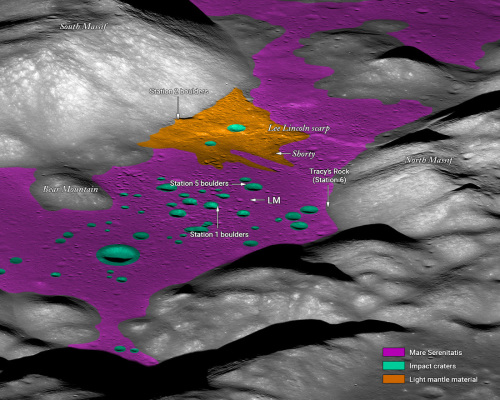R.I.P. Jim McDivitt, who was the commander of both the Gemini 4 and Apollo 9 missions in the 1960s, passed away on October 13, 2022 at the age of 93.
He first flew in space as commander of the Gemini IV mission in June 1965. McDivitt was joined by fellow Air Force pilot Ed White on the program’s most ambitious flight to date. During Gemini IV, White would become the first American to venture outside his spacecraft for what officially is known as an extravehicular activity (EVA) or as the world has come to know it, a spacewalk. … The mission’s four-day duration nearly doubled NASA astronauts’ previous time in space to that point, with the longest American spaceflight previously being Gordon Cooper’s 34-hour Mercury 9 mission.
McDivitt’s second spaceflight as the commander of Apollo 9 played a critical role in landing the first humans on the Moon. This was the first flight of the complete set of Apollo hardware and was the first flight of the Lunar Module. The mission launched from NASA’s Kennedy Space Center on March 3, 1969, with Commander James McDivitt, Command Module Pilot David Scott, and Lunar Module Pilot Russell Schweickart. After launch, Apollo 9 entered Earth orbit and the crew performed an engineering test of the first crewed lunar module, nicknamed “Spider,” from beginning to end. They simulated the maneuvers that would be performed during actual lunar missions. During the mission, the astronauts performed a series of flight tasks with the command and service module and the lunar module. The top priority was rendezvous and docking of the lunar module with the command and service module. The crew also configured the lunar module to support a spacewalk by McDivitt and Schweickart. On Flight Day 10, March 13, 1969, the Apollo 9 capsule re-entered Earth’s atmosphere and splashed down in the Atlantic Ocean, within three miles and in full view of the recovery ship, the USS Guadalcanal, about 341 miles north of Puerto Rico.
To me, McDivitt’s most important discovery occurred early in his Gemini mission. After launch he was tasked with an attempt to approach and rendezvous with the upper stage, shortly after deployment. He was surprised to find that his intuition about doing so was utterly wrong. Whenever he tried to close the distance by applying thrust in the direction implied by his earthbound instincts, the distance actually increased.
McDivitt’s experience showed that rendezvous and docking in orbit was not going to be simple. In fact, it took almost the entire Gemini program in 1965 and 1966 to figure it out.
McDivitt never went to the Moon, but he was like all the first generation of American astronauts, professional, careful, dedicated, and remarkably good at what he did. May he rest in peace.

